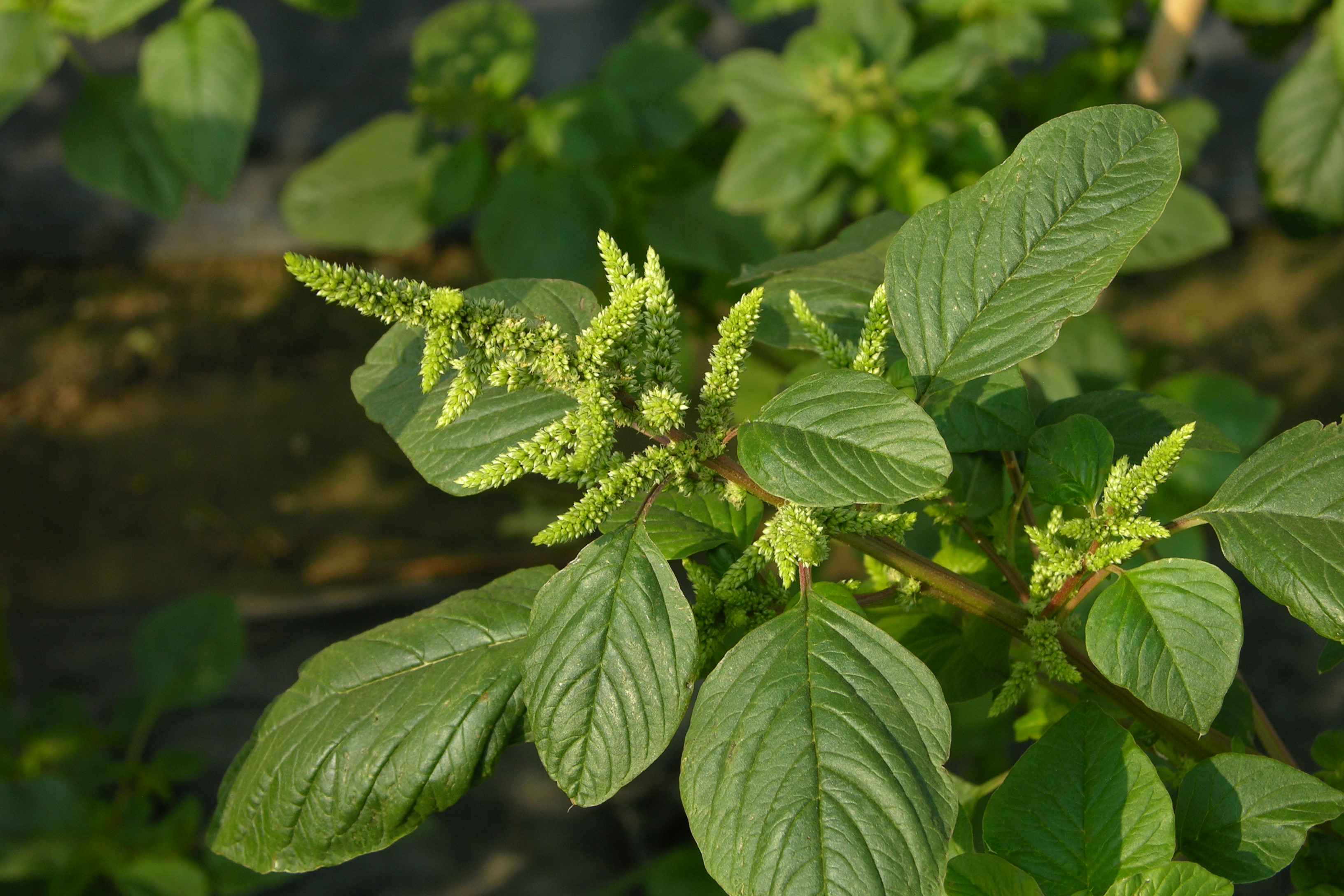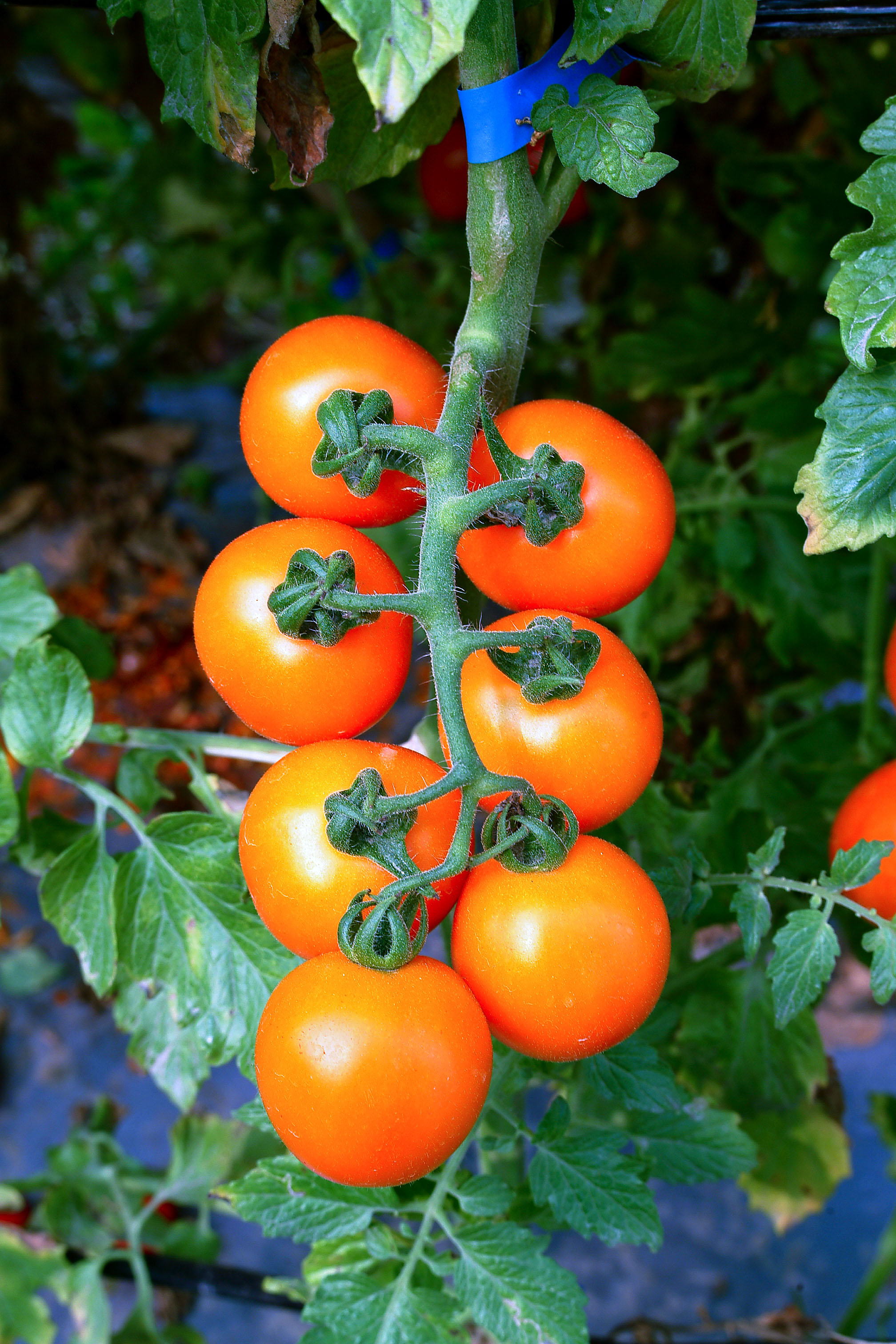World Vegetable Center on:
[Wikipedia]
[Google]
[Amazon]
The World Vegetable Center (WorldVeg) (), previously known as the Asian Vegetable Research and Development Center (AVRDC), is an international,



 The use of vegetables as crops that are of high worth is important in the
The use of vegetables as crops that are of high worth is important in the
nonprofit
A nonprofit organization (NPO), also known as a nonbusiness entity, nonprofit institution, not-for-profit organization, or simply a nonprofit, is a non-governmental (private) legal entity organized and operated for a collective, public, or so ...
institute for vegetable
Vegetables are edible parts of plants that are consumed by humans or other animals as food. This original meaning is still commonly used, and is applied to plants collectively to refer to all edible plant matter, including edible flower, flo ...
research and development. It was founded in 1971 in Shanhua, southern Taiwan, by the Asian Development Bank
The Asian Development Bank (ADB) is a regional development bank to promote social and economic development in Asia. The bank is headquartered in Metro Manila, Philippines and maintains 31 field offices around the world.
The bank was establishe ...
, Taiwan, South Korea, Japan, the Philippines, Thailand, the United States and South Vietnam.
WorldVeg aims to reduce malnutrition
Malnutrition occurs when an organism gets too few or too many nutrients, resulting in health problems. Specifically, it is a deficiency, excess, or imbalance of energy, protein and other nutrients which adversely affects the body's tissues a ...
and alleviate poverty
Poverty is a state or condition in which an individual lacks the financial resources and essentials for a basic standard of living. Poverty can have diverse Biophysical environmen ...
in developing nations
A developing country is a sovereign state with a less-developed industrial base and a lower Human Development Index (HDI) relative to developed countries. However, this definition is not universally agreed upon. There is also no clear agreemen ...
through improving production and consumption of vegetables.
History
The World Vegetable Center was founded as the Asian Vegetable Research and Development Center (AVRDC) in 1971 by the Asian Development Bank, Taiwan, South Korea, Japan, the Philippines, Thailand, the United States and South Vietnam. The main campus was opened in 1973. In 2008 the center was rebranded as the World Vegetable Center. For the first 20 years of its existence the World Vegetable Center was a major globalsweet potato
The sweet potato or sweetpotato (''Ipomoea batatas'') is a dicotyledonous plant in the morning glory family, Convolvulaceae. Its sizeable, starchy, sweet-tasting tuberous roots are used as a root vegetable, which is a staple food in parts of ...
research center with over 1,600 accessions in their first two years of operation. In 1991 the World Vegetable Center chose to end its sweet potato research due to high costs and other institutions with a tighter focus coming into existence. The WVC duplicated and transferred its research and germplasm to the International Potato Center and Taiwan Agricultural Research institute
The Taiwan Agricultural Research institute is a research institute in Taiwan under the auspices of the Ministry of Agriculture.
History
The Taiwan Agricultural Research institute (TARI) was founded in 1895 by the Government-General of Taiwan ...
.
Research and development



 The use of vegetables as crops that are of high worth is important in the
The use of vegetables as crops that are of high worth is important in the Sustainable Development Goals
The ''2030 Agenda for Sustainable Development'', adopted by all United Nations (UN) members in 2015, created 17 world Sustainable Development Goals (SDGs). The aim of these global goals is "peace and prosperity for people and the planet" – wh ...
of the United Nations Development Program and the World Vegetable Center. The vegetables bred by the Center can be used in poorer areas, where they can serve as an important source of income and can help fight micronutrient
Micronutrients are essential chemicals required by organisms in small quantities to perform various biogeochemical processes and regulate physiological functions of cells and organs. By enabling these processes, micronutrients support the heal ...
deficiencies.
The Center's current crop portfolio focuses on several groups of globally important vegetables, according to the WorldVeg:
:*solanaceous crops: (tomato
The tomato (, ), ''Solanum lycopersicum'', is a plant whose fruit is an edible Berry (botany), berry that is eaten as a vegetable. The tomato is a member of the nightshade family that includes tobacco, potato, and chili peppers. It originate ...
, sweet pepper, chili pepper
Chili peppers, also spelled chile or chilli ( ), are varieties of fruit#Berries, berry-fruit plants from the genus ''Capsicum'', which are members of the nightshade family Solanaceae, cultivated for their pungency. They are used as a spice to ...
, eggplant
Eggplant (American English, US, Canadian English, CA, Australian English, AU, Philippine English, PH), aubergine (British English, UK, Hiberno English, IE, New Zealand English, NZ), brinjal (Indian English, IN, Singapore English, SG, Malays ...
)
:*bulb alliums (onion
An onion (''Allium cepa'' , from Latin ), also known as the bulb onion or common onion, is a vegetable that is the most widely cultivated species of the genus '' Allium''. The shallot is a botanical variety of the onion which was classifie ...
, shallot
The shallot is a cultivar group of the onion. Until 2010, the (French red) shallot was classified as a separate species, ''Allium ascalonicum''. The taxon was synonymized with '' Allium cepa'' (the common onion) in 2010, as the difference was t ...
, garlic
Garlic (''Allium sativum'') is a species of bulbous flowering plants in the genus '' Allium''. Its close relatives include the onion, shallot, leek, chives, Welsh onion, and Chinese onion. Garlic is native to central and south Asia, str ...
)
:*cucurbits (Cucurbitaceae
The Cucurbitaceae (), also called cucurbits or the gourd family, are a plant family (biology), family consisting of about 965 species in 101 genera.
): (cucumbers
The cucumber (''Cucumis sativus'') is a widely-cultivated creeping vine plant in the family Cucurbitaceae that bears cylindrical to spherical fruits, which are used as culinary vegetables.pumpkins)
Indigenous or traditional vegetables, particularly those of
World Vegetable CenterAfrican Seed Trade Association (AFSTA)International Society for Horticultural Science (ISHS)
{{authority control Vegetables 1971 establishments in Taiwan Agricultural research institutes in Taiwan Companies based in Tainan Food science institutes Research institutes established in 1971 Vegetable research institutes
Asia
Asia ( , ) is the largest continent in the world by both land area and population. It covers an area of more than 44 million square kilometres, about 30% of Earth's total land area and 8% of Earth's total surface area. The continent, which ...
and Africa
Africa is the world's second-largest and second-most populous continent after Asia. At about 30.3 million km2 (11.7 million square miles) including adjacent islands, it covers 20% of Earth's land area and 6% of its total surfac ...
are another focus of research at the World Vegetable Center. Indigenous vegetables are domesticated or semi-wild vegetable crops that are grown in particular regions as an integral part of a local food system
The term food system describes the interconnected systems and processes that influence nutrition, food, health, community development, and agriculture. A food system includes all processes and infrastructure involved in feeding a population: growi ...
. Many of them are underutilized crops, particularly in regions where they are not native.
The Center has collaborated with the Global Crop Diversity Trust
The Crop Trust, officially known as the Global Crop Diversity Trust, is an international organization, international nonprofit organization with a secretariat in Bonn, Bonn, Germany. Its mission is to conserve and make available the world's crop d ...
and Kew Gardens
Kew Gardens is a botanical garden, botanic garden in southwest London that houses the "largest and most diverse botany, botanical and mycology, mycological collections in the world". Founded in 1759, from the exotic garden at Kew Park, its li ...
to study the domestication of eggplant.
The Center is believed to have the largest collection of chili peppers in the world. They have been engaged in research to find and breed climate change resistant chili pepper cultivars.
Climate change
According to the Public Broadcasting Service (PBS), "At the World Vegetable Center, experts are looking to the wild relatives of domesticated crops to save the human diet from climate change."Germplasm collection
A collection of vegetablegermplasm
Germplasm refers to genetic resources such as seeds, tissues, and DNA sequences that are maintained for the purpose of animal and plant breeding, conservation efforts, agriculture, and other research uses. These resources may take the form of s ...
is kept at the World Vegetable Center, which is considered to have the largest and most diverse collection in the world. The collection itself contains more than 60,000 accessions of 442 different species collected from 156 countries.
AVGRIS, the WorldVeg Vegetable Genetic Resources Information System, provides access to all the Center's data associated with germplasm conservation and management, from registration, characterization, evaluation, and seed inventory to seed distribution.
A backup selection of the Center's germplasm collection is held at the Svalbard Global Seed Vault
The Svalbard Global Seed Vault () is a secure backup facility for the world's crop diversity on the Norwegian island of Spitsbergen in the remote Arctic Svalbard archipelago. The Seed Vault provides long-term storage for duplicates of seeds fro ...
in Norway with the goal of a backup for the entire collection being in place by 2025.
See also
*Food and Agriculture Organization
The Food and Agriculture Organization of the United Nations; . (FAO) is a specialized agency of the United Nations that leads international efforts to defeat hunger and improve nutrition and food security. Its Latin motto, , translates ...
* Chile Pepper Institute
The Chile Pepper Institute at New Mexico State University in Las Cruces, New Mexico, is an international research-based and non-profit organization specializing in research, education and archiving information related to ''Capsicum'' or chile pe ...
References
External links
World Vegetable Center
{{authority control Vegetables 1971 establishments in Taiwan Agricultural research institutes in Taiwan Companies based in Tainan Food science institutes Research institutes established in 1971 Vegetable research institutes